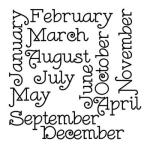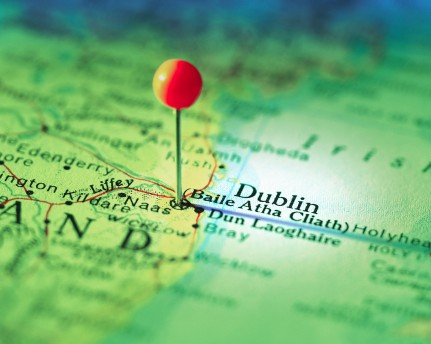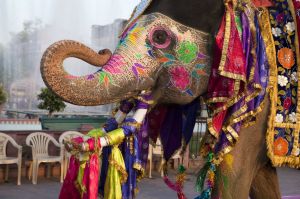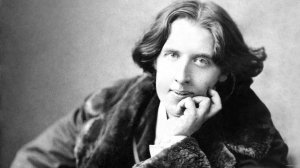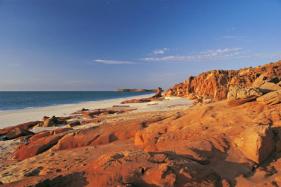 What comes to your mind when you think of Australia? Most people would say kangaroo, Great Barrier Reef, Sydney Opera House, aboriginals. They are definitely right, but Australia is much more than that! Let’s have a look at some facts about Australia:
What comes to your mind when you think of Australia? Most people would say kangaroo, Great Barrier Reef, Sydney Opera House, aboriginals. They are definitely right, but Australia is much more than that! Let’s have a look at some facts about Australia:
1. Australia is an island continent and the world’s sixth largest country (7,682,300 sq km).
2. Canberra is Australia’s capital city and is roughly half way between the two largest cities Melbourne and Sydney.
3. The first inhabitants, the Aboriginal people, are believed to have migrated from Asia to Australia between 50,000 and 60,000 years ago.
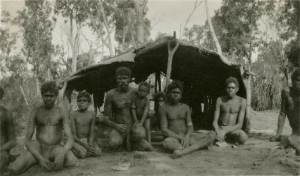
4. New South Wales was settled as a penal colony – a place where Britain could send convicted criminals because her prisons were overcrowded. Pome is originally an acronym for the status of inmates sent to Australia: ‘Prisoner of Mother England’.
5. The Great Barrier Reef is one of the wonders of the natural world – it is the world’s largest coral reef ecosystem. It was declared a World Heritage area in 1981.
6. The Australian National Flag consists of three parts set on a blue field. The first part is the Union Jack, the historical link with Britain. The second part is the Southern Cross (a constellation of stars only visible in the Southern Hemisphere), which represents the geographical location in the world. Finally, the Commonwealth Star represents Australia’s federal system of government. Originally, the Commonwealth Star had six points (for the six states), but in 1908 a seventh point was added to represent the Territories of the Commonwealth of Australia.
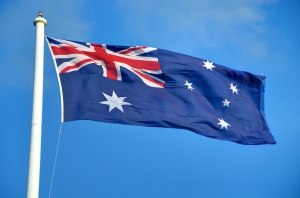
7. Australia’s primary emergency call service number is Triple Zero: for police/fire/ambulance services in Australia.
8. Desert landscapes are regarded as the ‘outback’ of Australia. Royal Flying Doctor Service (informally known as “Flying Doctor”) is a health service for those who live, work or travel in outback or regional Australia.
9.The phrase “the lucky country” has been used to describe Australia’s weather, lifestyle and history.
10. Uluru (Ayers Rock – Mount Olga) National Park, features spectacular geological formations which is located in central Australia.
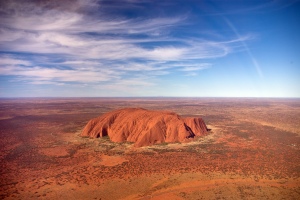
To learn more about this country, visit
http://www.australia.gov.au
You can also check your knowledge here:
http://www.englisch-hilfen.de/en/quiz/australia_new_zealand/index.php
/ Katja


